As a homeowner, you may wonder if bypassing an AC float switch is possible and if it is okay. Luckily, we have researched the internet for you, and here is what we found.
Yes, you can bypass the AC float switch. However, it is not recommended to do so. The AC float switch, just like many other components of the HVAC system, is crucial and has its role to play. However, bypassing it may damage the system.
Bypassing an AC float switch is an easy-to-do task. Keep reading to get detailed information about the AC float switch.
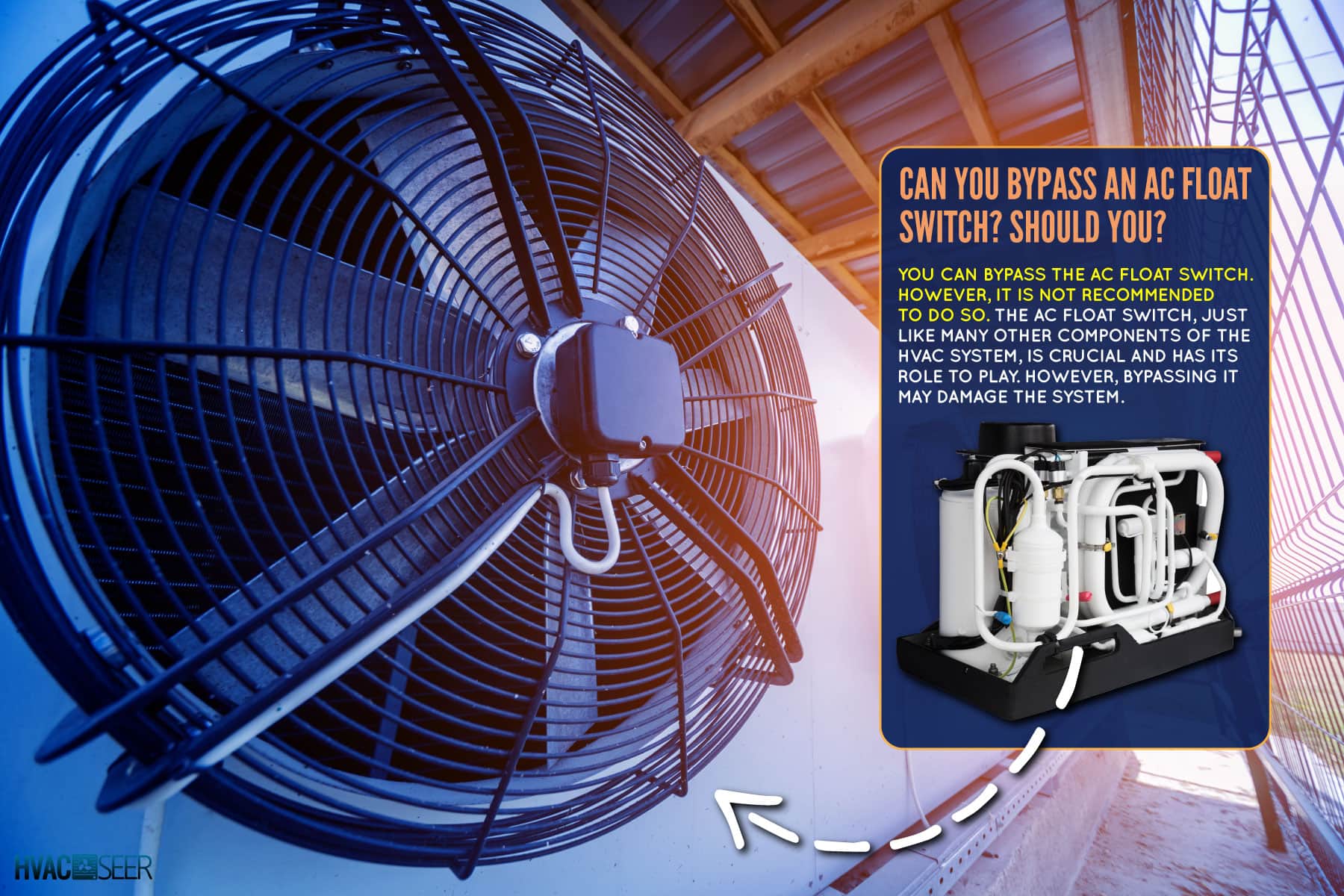
Bypassing An AC Float Switch: Can you? Should You?
The use of heat pumps, AC, and other HVAC systems enable homeowners to endure the severe temperatures that come each season in a state of complete comfort and convenience.
In most cases, you may not notice anything wrong with your HVAC systems. However, these systems can occasionally result in problems, such as leakage in specific components. Due to the constant flow of water, even minor leaks can cause significant damage to your home's heating, ventilation, and air conditioning system.
Bypassing the float switch in an AC is not something that is encouraged. Bypassing the float switch on your AC unit is not recommended as a remedy to any AC problem. Alternatively, it may be a way to troubleshoot, but it should not be considered a solution.
Why You Shouldn't Bypass AC Float Switch
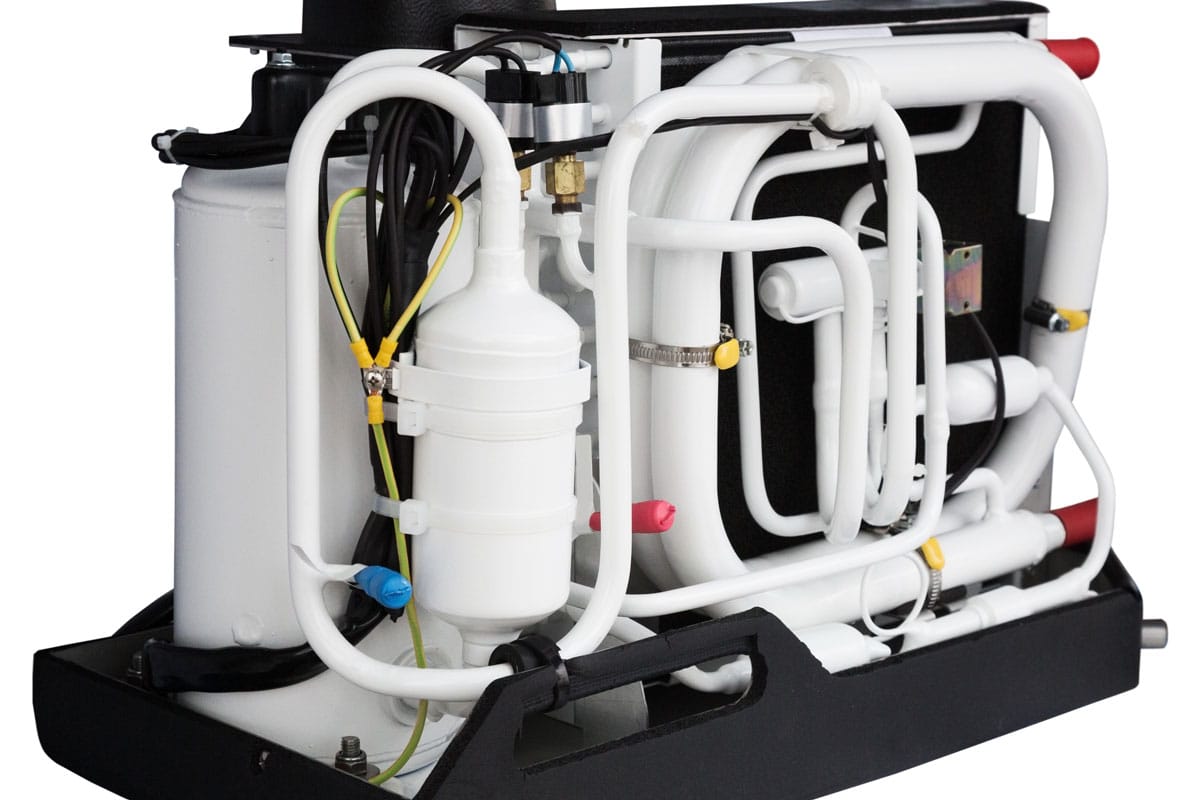
Adding a safety float switch to your air conditioning unit has various advantages. But, if you choose to bypass the float switch, there is a possibility that you will forfeit all of the benefits that it offers.
The following are reasons why you shouldn't bypass the AC float switch.
Indicates When Your AC Needs Repairs
AC float switches often indicate the presence of a problem. You will be aware that there is an issue with your AC when the switch causes it to turn off.
However, when the switch is bypassed, your air conditioner won't turn off, and you might not even realize it is faulty until it is too late.
This indicates that, in the long run, it may result in issues that are more challenging, complex, expensive, and difficult to address. You should call a specialist to help you solve the problem.
To Protect Your Home From Water Damages
AC float switch helps to protect against water damage. Even if you are not at home, the safety switch will turn off your air conditioning unit to prevent an overflow and leakage.
If your air conditioning unit does not have a float switch or the switch was bypassed, there is a good chance that your home will face water damage.
The likelihood of water damage when bypassing the AC float switch is high. The damage caused by water can be severe, leaving your home in ruins.
To Maintain Air Quality
If your AC float switch is bypassed, your home becomes susceptible to water damage causing water to leak inside the unit.
Mold usually grows inside an air conditioning unit when there is an overflow in the drainpipe of the unit. These organisms flourish inside the air conditioner and have the potential to spread to other parts of your home.
Additionally, these organisms are contaminants that can be found in indoor air and can cause a variety of health problems.
To Make Your Unit Last Longer
The installation of AC float switches in your air conditioning systems reduces the likelihood that the individual components of your air conditioning units will fail. Doing this benefits the longevity of your heating, ventilation, and air conditioning system.
However, if you bypass the switch, there is a higher chance that the components of your air conditioning unit will fail. So, ignoring the AC float switch should be avoided at all costs.
Click here to see this AC float switch on Amazon.
Where Is The AC Float Switch Located?
The direction and location of your HVAC system is the primary factor determining where you install the float switch.
The float switch is usually found in the secondary drain pan of a horizontal unit if you have one. On the other hand, if you have a vertical or horizontal unit that does not have a secondary drain pan, the safety switch should be on the drain pipe.
There is no difference in the primary function that the float systems in AC units carry out, regardless of their placement within the unit. If you have an air conditioner equipped with a condensate pump, that pump performs the same function as the flow switch and turns off the air conditioner if filled with water.
It is also crucial to note that air conditioners often do not come with float switches. They are instead installed separately from one another. They are simple to install in a brand-new or an existing air conditioning machine.
Installing these safety switches is not too much compared to the exorbitant cost of fixing water damage.
How To Bypass An AC Float Switch
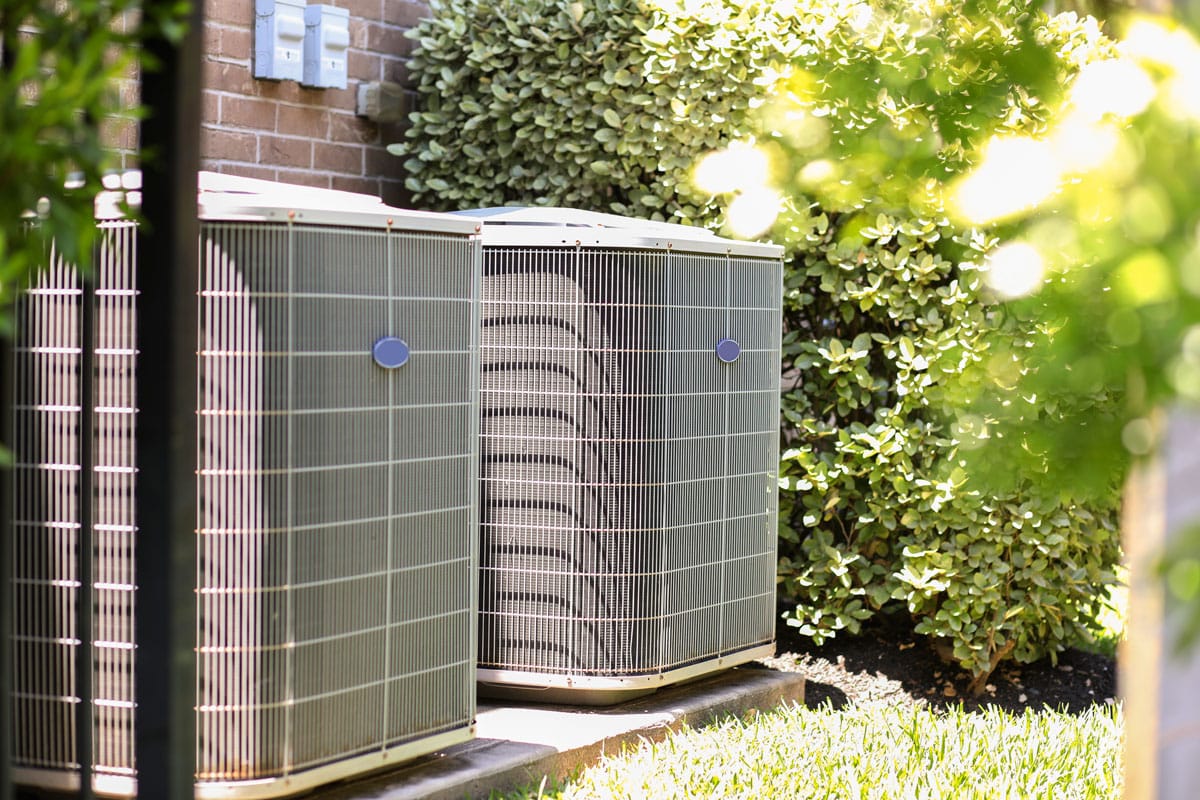
Follow these steps to bypass an AC float switch:
- Disassemble the HVAC system and remove the float switch. After that, you will have to take out the exterior cover of the float switch so you can access the electric component.
- Open the screws to loosen the wire connection inside the float switch. Remove the wires, and then rejoin them without the switch precisely as they were initially connected.
- It is crucial to keep things in place. To do this, use waterproof glue. Wait for the adhesive to dry completely before reassembling your unit back.
Click to see this adhesive on Amazon.
How To Test My AC Float Switch?
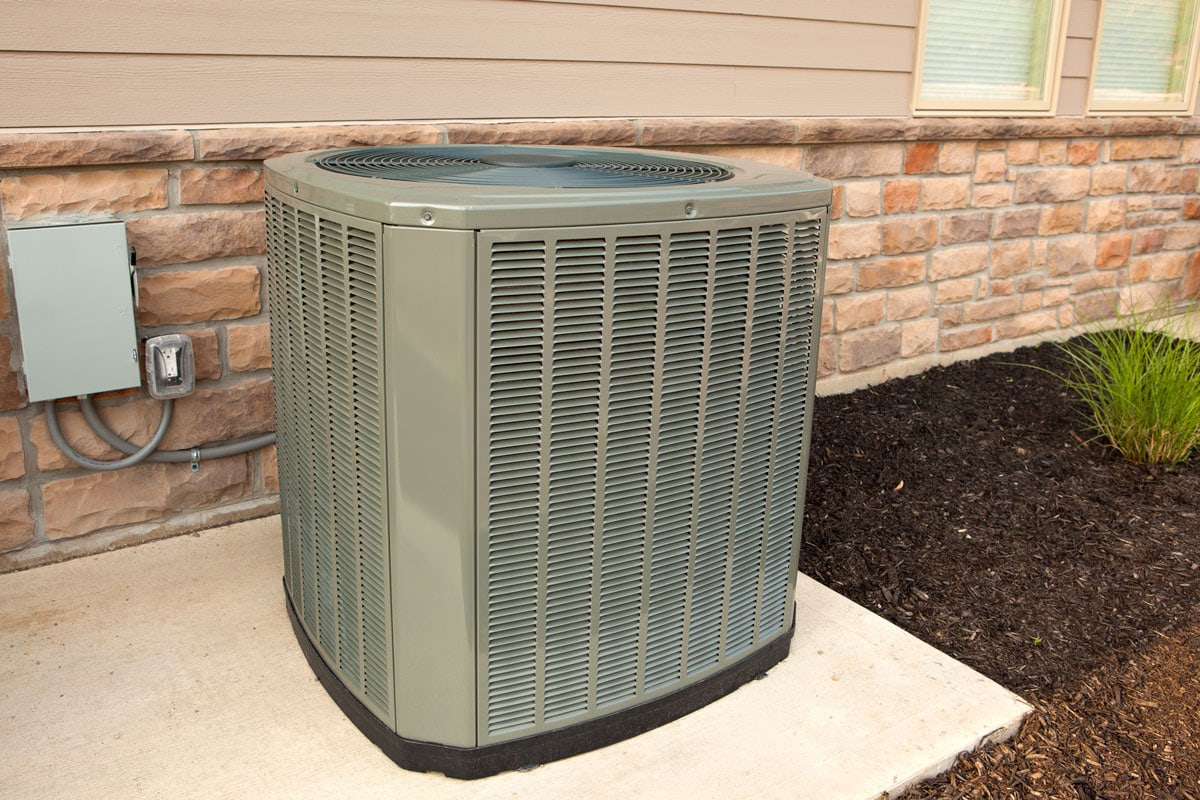
Testing a float switch can be done in a variety of different ways. You can use a multimeter to test the float meter and monitor the difference in the ohms values throughout the test.
To accomplish this, connect the multimeter's leads to the float switch's wires. Ohms should be selected as the unit of measurement on the multimeter.
The multimeter should show a zero reading when the float is hanging in the down position. If you lift the float, the value will go from zero to one. By this, you can test if your float switch is in excellent working condition.
AC Float Switch Keeps Tripping- Why?
There are different reasons why the AC float switch trips. If the float switch on your air conditioner continues tripping, the drain pan on your air conditioner may be full.
If that is the cause, you need to drain the water. With the appropriate equipment, you can do this task easily. However, you should discover why the pan got full in the first place.
A clogged drain pipe in the air conditioner is yet another possible cause for the float switch in your unit to trip. Mold and algae growth has the potential to obstruct the drain pipe. If there is debris in the air conditioner's drain pipe, the water won't be able to escape, making the float switch trip.
Does AC Float Switch Turn Off Thermostat?
Yes, there is a possibility that a float switch would turn off the thermostat. If your main drain becomes clogged and water begins to back up, the water will flow into the float switch. This will cause the power of the thermostat to be affected.
Does AC Float Switch Turn Off Compressor?
Yes, if debris is blocking the drain or pipe of your AC, the float switch will activate because it will detect excessive water in the pan.
Due to this, the float will rise, which will result in the turning off of the compressor. It stops any further damage from affecting your system and house.
To Wrap Up
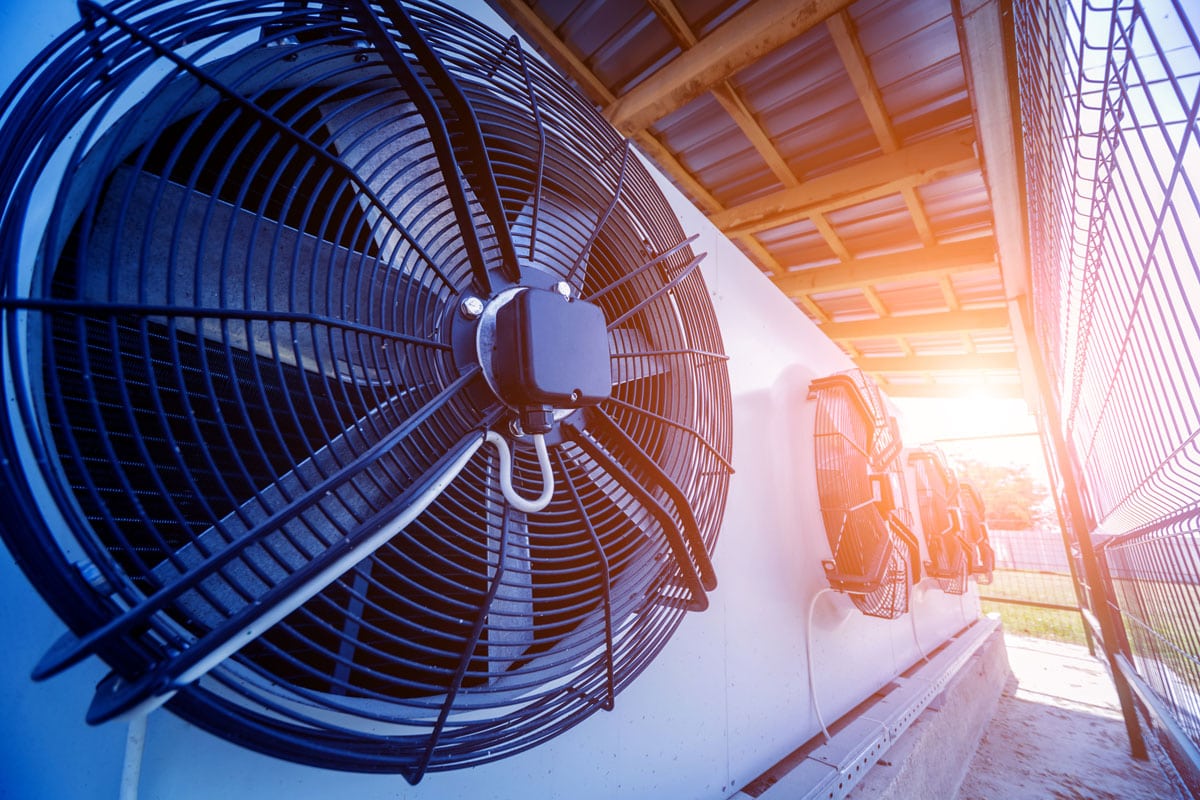
AC float switches play a very crucial role. If you want to avoid water damage and other issues that come with using an AC, do not bypass your float switch.
If you enjoyed reading this post, here are similar articles you may like:
AC Wet Switch Won't Reset - What To Do?


